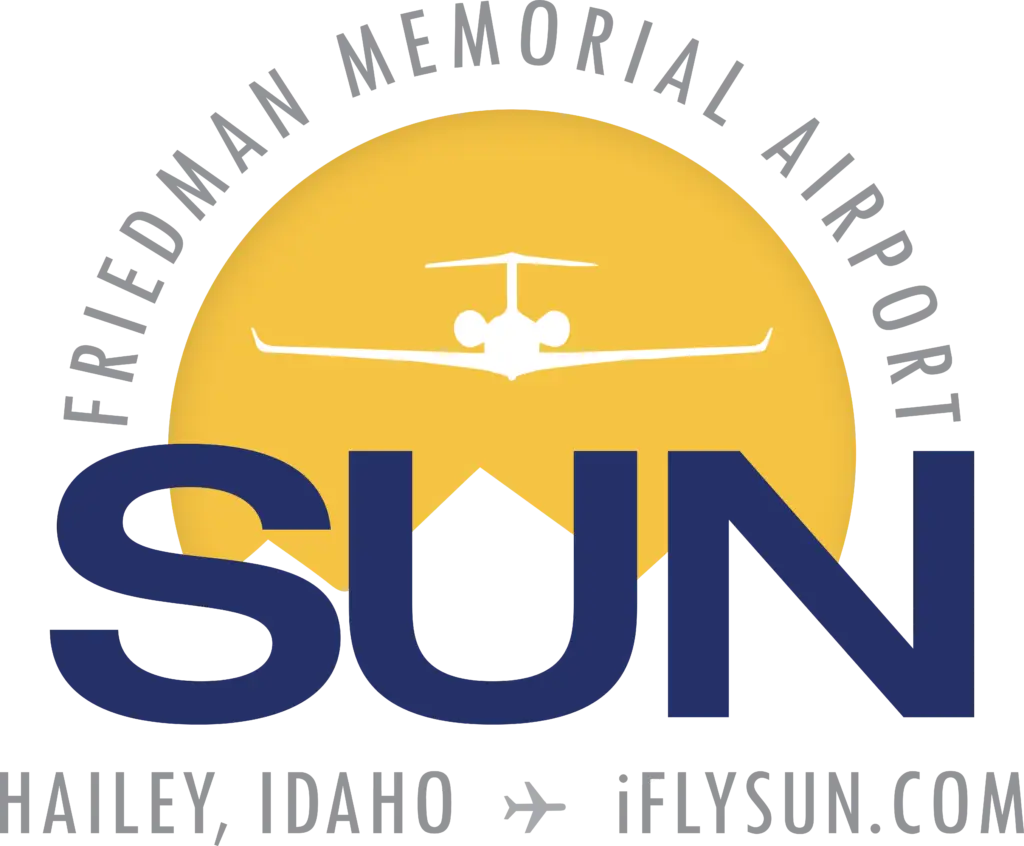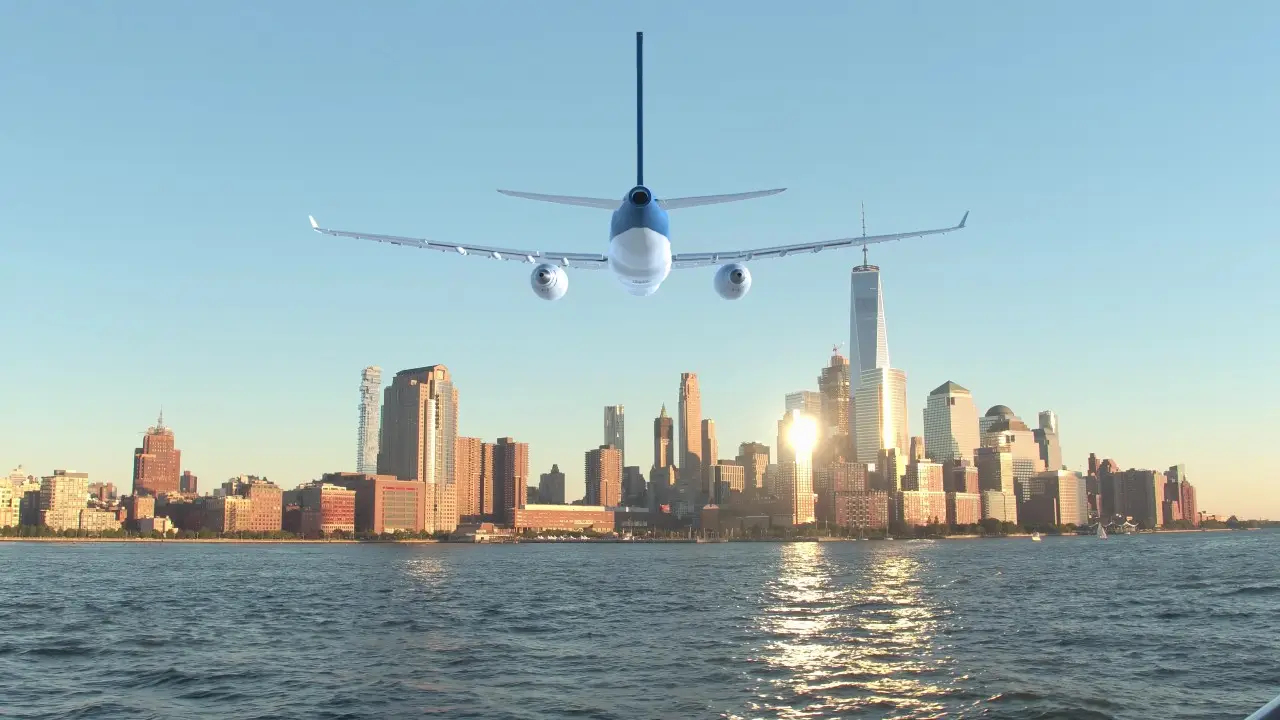To ditch or not to ditch?- How a quick decision saved over 100 people
Thirteen years ago this month, US Airways flight 1549 lost all engine power shortly after takeoff from LaGuardia airport after colliding with a flock of Canadian geese. Pilots, Sullenberger and Skiles, were able to glide the plane to the Hudson River for a successful ditch landing. All 155 people were rescued by nearby boats with only a few serious injuries.
The National Transportation Safety Board (NTSB) claimed it to be the most successful ditching in aviation history. New York State Governor David Paterson coined the incident -a Miracle on the Hudson. Both U.S. President George W. Bush and President-elect Barack Obama praised the crew.
Sullenberger (fondly known as Sully) was a former fighter pilot for the U.S. Air Force and an airline pilot since 1980. He was also a glider pilot and an expert on aviation safety. Skiles had accrued just over 20,000 career flight hours, and it was his first assignment as a pilot flying the Airbus A320.
Once the decision was made to attempt a ditch maneuver, the aircraft passed less than 900 feet above the George Washington Bridge as it began its descent. Passengers were told to brace for impact, and air traffic controllers asked the Coast Guard to caution vessels in the Hudson and to prepare to assist with the rescue.
The plane made an unpowered ditching, descending into the middle of the North River section of the Hudson. Evacuations were quick and successful for all 155 on board. Seventy-eight people received medical treatment, mostly for minor injuries and hypothermia.
Each passenger received a refund of their ticket price, and compensation for items lost. The pilots and crew were presented with numerous awards and honors following the incident. The rarely bestowed Master’s Medal was awarded to the crew for outstanding aviation achievement by The Guild of Air Pilots and Air Navigators.
Rescuers received Certificates of Honor. Passengers Dave Sanderson and Barry Leonard also organized a thank-you luncheon for emergency responders. Over a dozen organizations that assisted in the rescue and numerous doctors and nurses who treated patients attended.
In a follow-up investigation, NTSB used flight simulators to test possibilities the flight could have returned safely to LaGuardia or diverted to Teterboro in New Jersey. The Board ultimately ruled Sullenberger had made the correct decision, reasoning the checklist for dual-engine failure is designed for higher altitudes when pilots have more time to deal with the situation. While simulations showed the plane might have just barely made it back to LaGuardia, those scenarios assumed an instant decision to do so, with no time allowed for assessing the situation.
Sullenberger’s 2009 memoir, Highest Duty: My Search for What Really Matters, was adapted into the feature film Sully, directed by Clint Eastwood.



